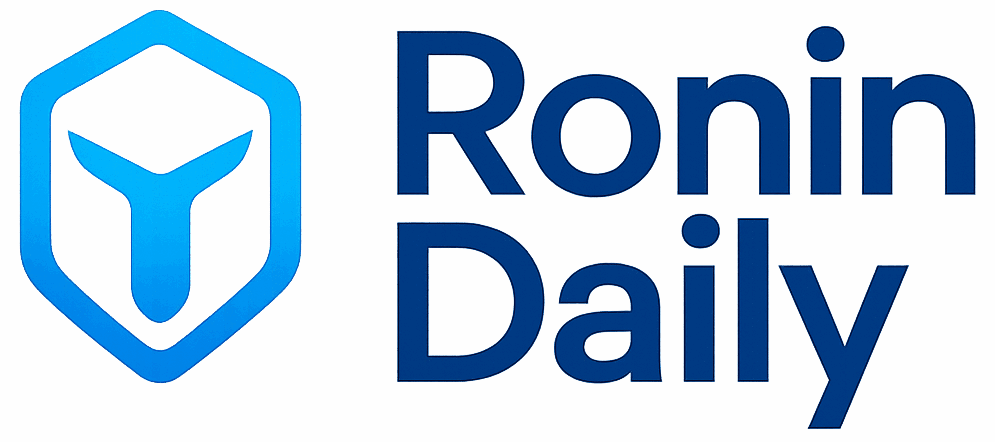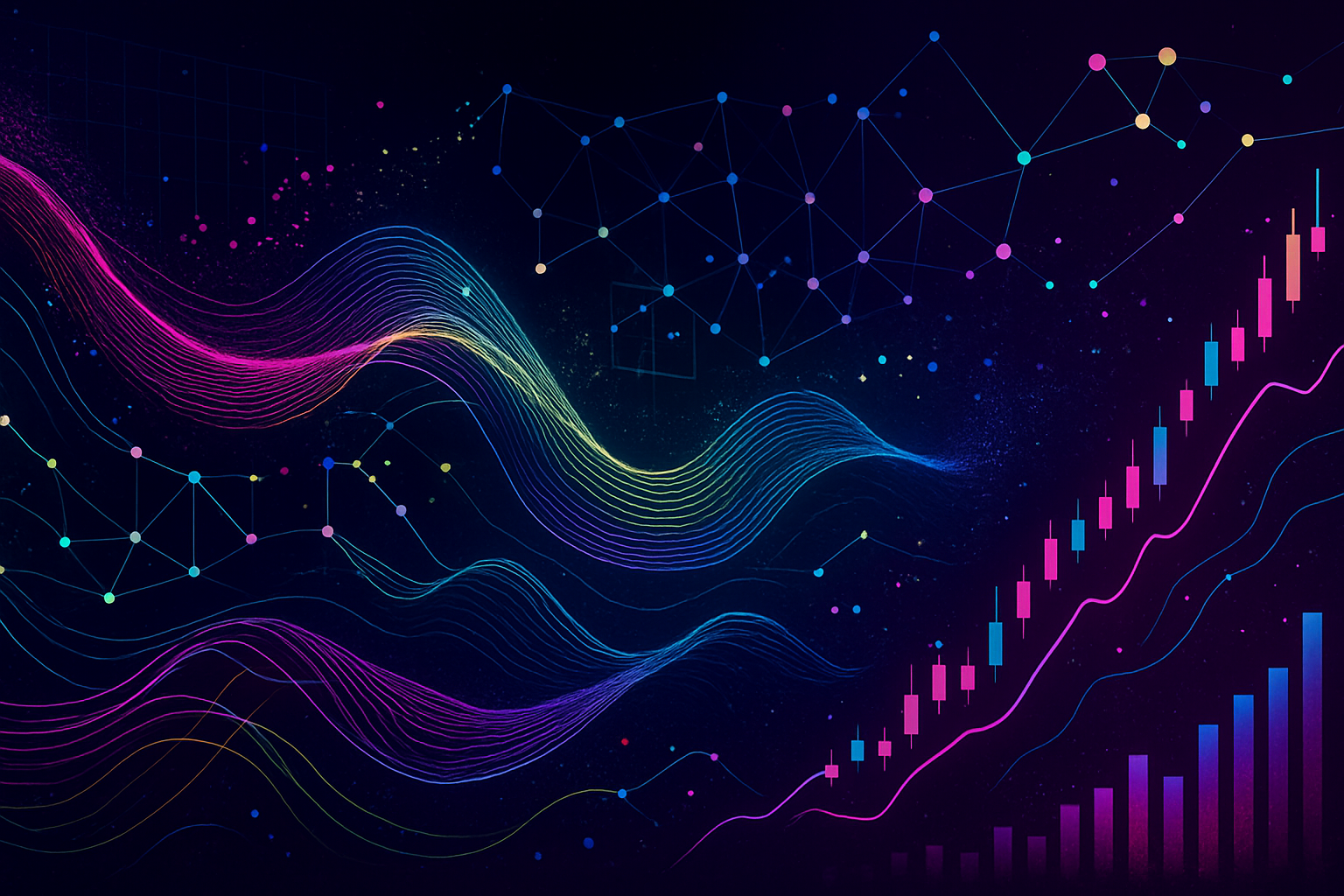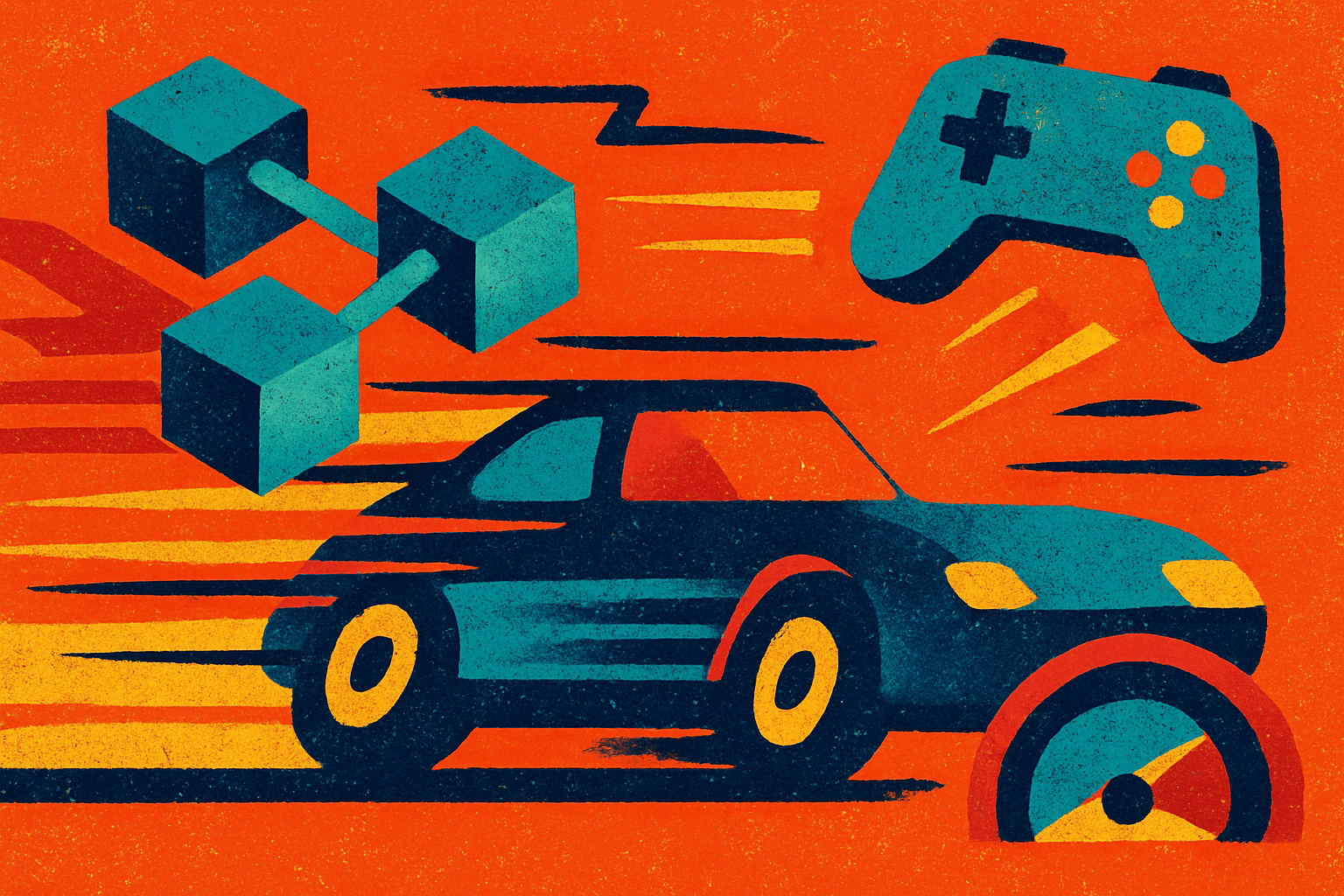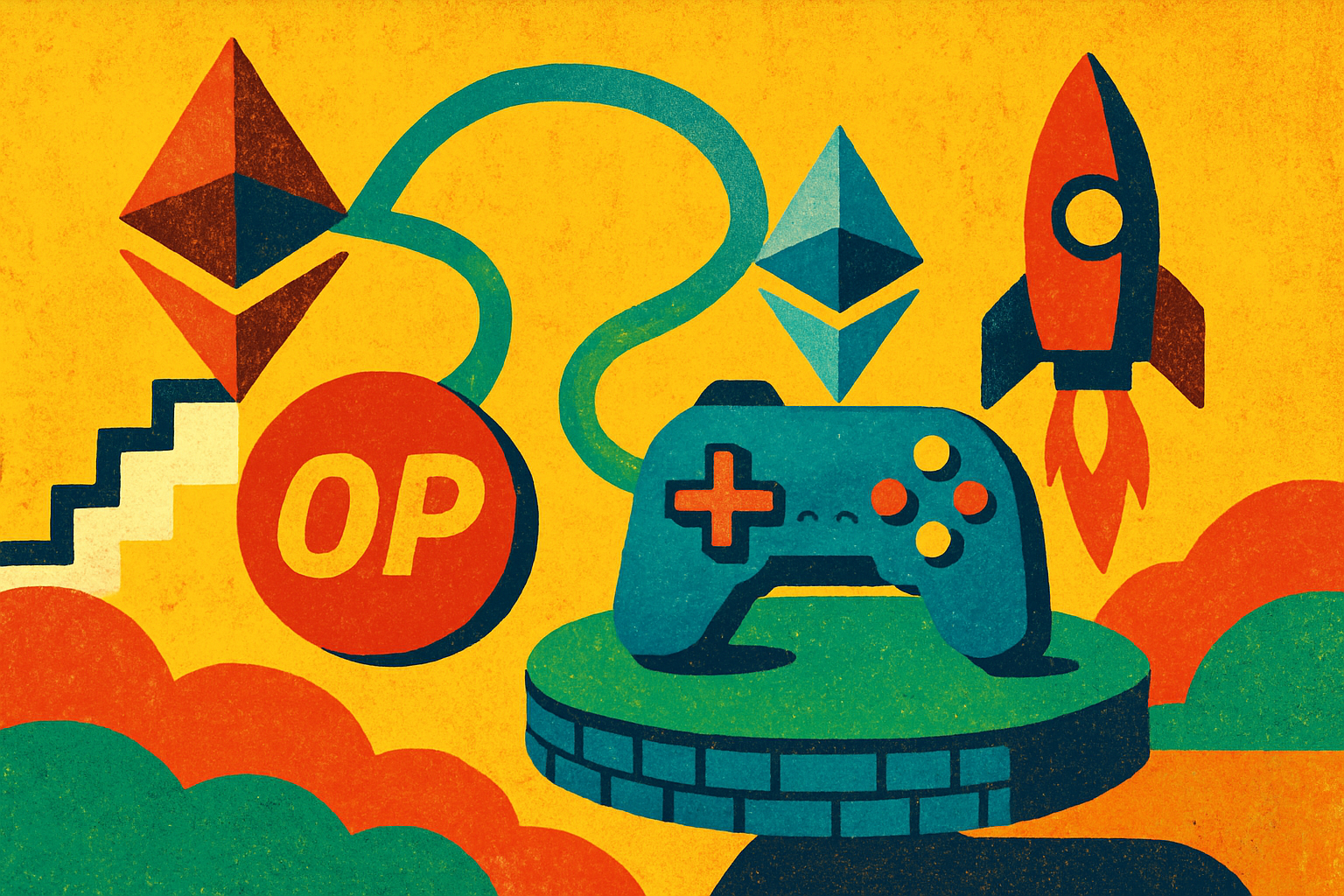
Ronin Network’s evolution from a dedicated gaming sidechain to a full-fledged Ethereum Layer 2 (L2) using Optimism’s OP Stack is more than a technical upgrade, it is a paradigm shift for Web3 gaming. This migration, slated for completion by Q2 2026, positions Ronin at the forefront of blockchain scalability, interoperability, and user-centric gaming infrastructure. As the Ronin community anticipates this “homecoming” to Ethereum’s security umbrella, developers and gamers alike are preparing for a new era of speed, cost-efficiency, and innovation.

From Sidechain to Superchain: Why Ronin Chose the OP Stack
The decision to migrate Ronin Network to an Ethereum L2 using the OP Stack was driven by three core priorities: scalability, security, and ecosystem alignment. Previously operating as an independent sidechain supporting Axie Infinity and other popular titles, Ronin faced inherent limitations in transaction throughput and cross-chain interoperability. By embracing Optimism’s modular OP Stack, a framework already powering some of the most performant L2s, Ronin gains access to block times as low as 100,200 milliseconds and theoretical throughput up to 1 million transactions per second. This leap not only addresses network congestion but also enables near-instant gameplay experiences, seamless NFT minting, and real-time DeFi actions within games.
Equally important is the security upgrade. As an L2 on Ethereum, Ronin will inherit Ethereum’s robust security guarantees while leveraging zk proofs for additional trust minimization. This mitigates risks that previously accompanied standalone sidechains, an essential consideration as high-value assets continue migrating on-chain.
Boosting Developer Incentives and Ecosystem Growth
The migration is not just about technology; it’s also a strategic play to attract top-tier talent and projects into the Ronin ecosystem. Developers building on post-migration Ronin will be eligible for up to $7 million in milestone-based grants funded by the Optimism Foundation, Eigen Labs, and Boundless. On top of that, access to allocations from the 850 million $OP Retro Fund offers significant incentives for teams committed to pushing boundaries in Web3 gaming.
This influx of resources is expected to foster rapid innovation in game design, on-chain economies, and player-owned asset models, all while lowering barriers for new entrants. As more developers tap into these grants and incentives, expect an explosion of creativity across genres, from play-to-earn RPGs to ultra-fast competitive esports titles.
The Impact on Transaction Speed and Player Experience
One of the most immediate benefits for end users will be dramatically improved transaction speeds at reduced costs. With sub-200ms block times now achievable thanks to OP Stack integration, and fee structures optimized through rollup economics, players can expect fluid gameplay without disruptive lag or prohibitive gas fees.
This technical leap brings blockchain-powered games closer than ever before to traditional gaming standards in terms of responsiveness. It also makes complex mechanics like real-time PvP battles or dynamic NFT upgrades far more practical at scale, unlocking new creative possibilities for studios previously hamstrung by chain limitations.
For deeper insights into how this transition affects scalability across on-chain games, and why it matters for users and developers alike, see our analysis at How Ronin’s Transition to Ethereum L2 Using OP Stack Impacts Web3 Gaming Scalability.
Beyond the technical and economic improvements, Ronin’s OP Stack migration is a catalyst for broader ecosystem interoperability. As part of Ethereum’s emerging Superchain vision, Ronin will be able to connect seamlessly with other major Layer 2s, such as Arbitrum and Polygon, through shared standards and messaging protocols. This means assets, players, and even game logic can flow more freely between networks, removing the walled gardens that have historically fragmented blockchain gaming.
For game studios and publishers, this translates into greater reach and composability. Developers can tap into liquidity pools, NFT marketplaces, and DeFi primitives across the Superchain without sacrificing user experience. Players benefit from a unified identity layer and can carry their achievements or owned assets from one game ecosystem to another effortlessly.
Community Response and Governance Evolution
The Ronin community has responded enthusiastically to the L2 migration roadmap. Governance discussions have shifted from basic chain maintenance to more nuanced debates about protocol upgrades, cross-chain integrations, and ecosystem incentives. With a growing treasury funded by both transaction fees and external grants, Ronin’s DAO is poised to take a more active role in shaping the future of on-chain gaming infrastructure.
There are also important conversations around how to balance decentralization with performance. As Ronin aligns closer with Ethereum’s security model while maintaining its own validator set for liveness guarantees, it sets an example for how next-generation gaming chains can prioritize both resilience and speed.
What’s Next: Roadmap Milestones and Industry Implications
With completion targeted for Q2 2026, several milestones will define the next phase of Ronin’s journey:
Key Milestones in Ronin’s OP Stack Migration
-
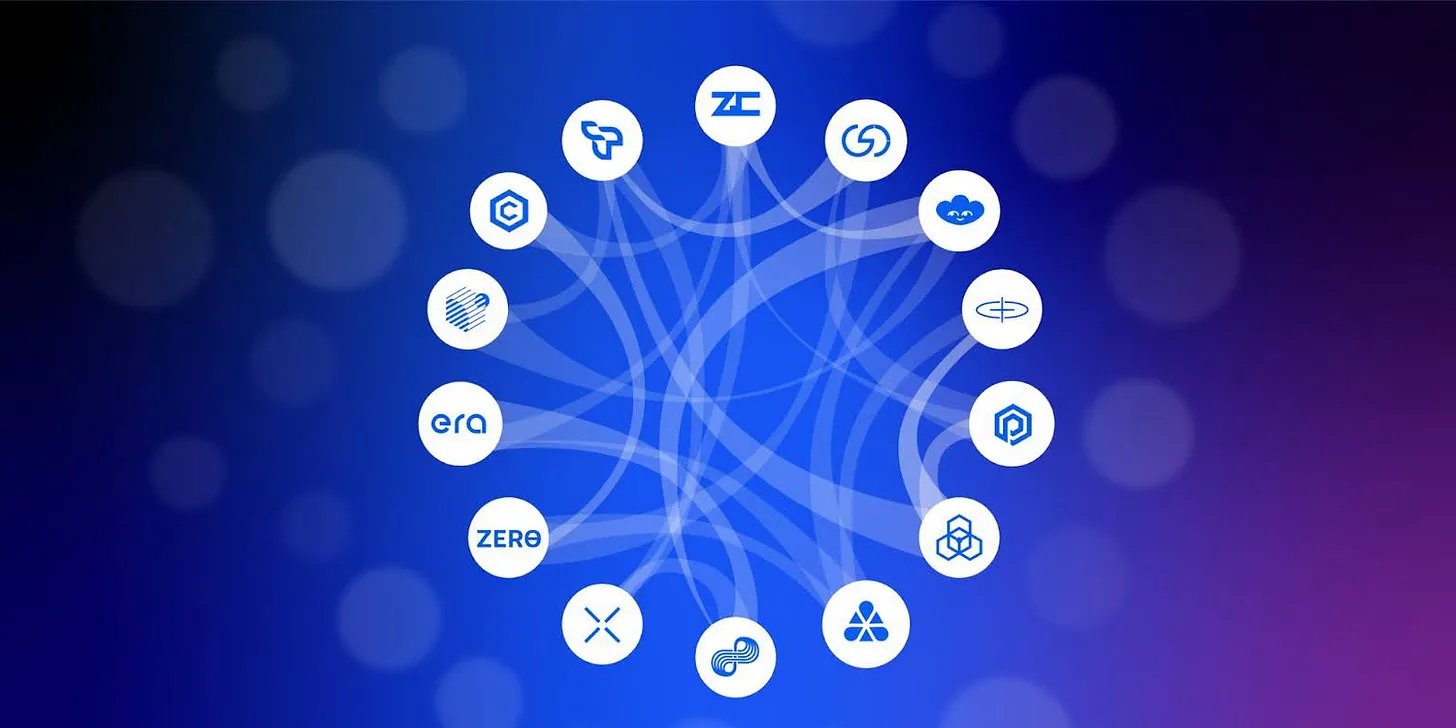
Completion of Ronin’s Migration to Ethereum Layer 2 Using OP StackRonin Network’s transition from a sidechain to an Ethereum Layer 2, powered by Optimism’s OP Stack, is scheduled for completion by Q2 2026. This move will enable Ronin to inherit Ethereum’s security and align with the broader Superchain ecosystem.
-
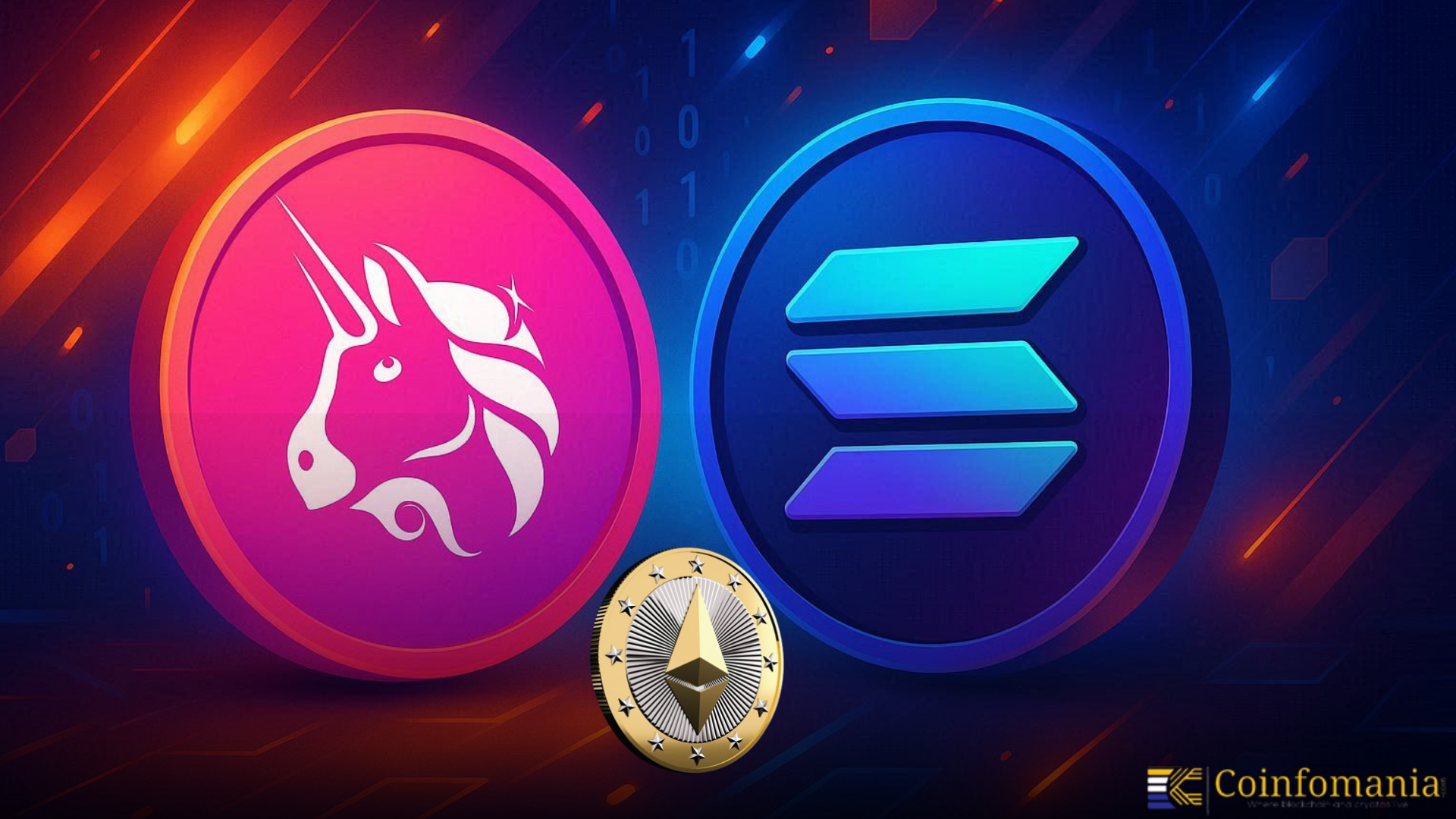
Implementation of Enhanced Scalability and PerformanceWith the OP Stack, Ronin aims to achieve block times of 100–200 milliseconds and throughput of up to 1 million transactions per second, supporting seamless Web3 gaming and NFT minting.
-
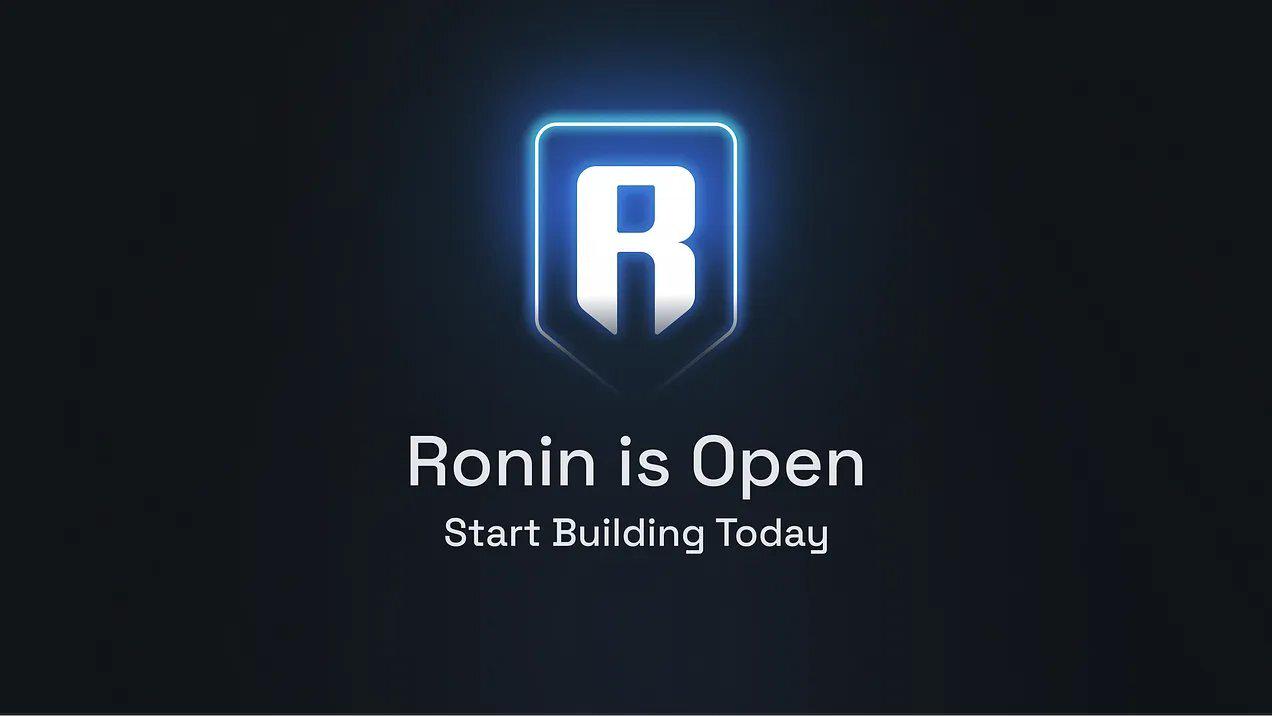
Activation of Developer Incentives and Grant ProgramsPost-migration, developers on Ronin will gain access to up to $7 million in milestone-based grants and eligibility for allocations from the 850 million $OP Retro Fund, fostering ecosystem growth and innovation.
-
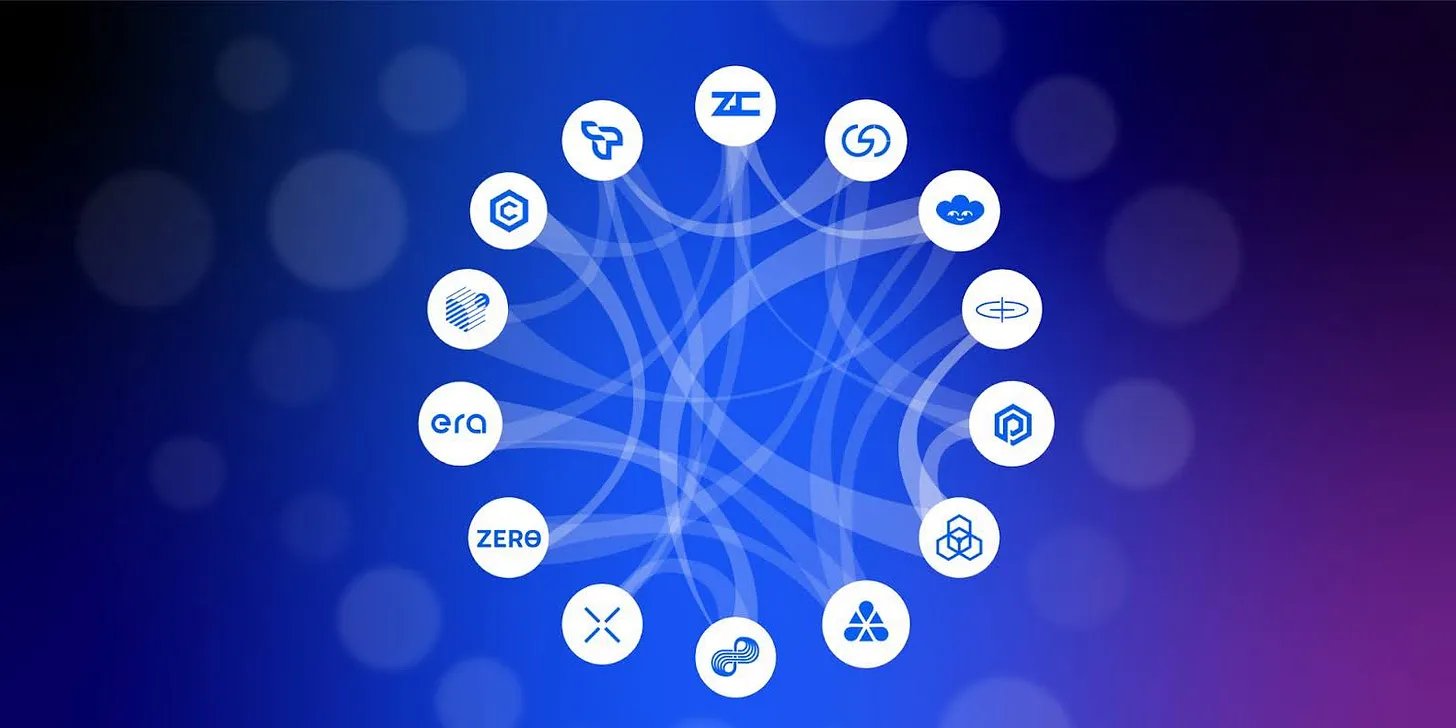
Integration with Ethereum’s Superchain EcosystemRonin’s L2 status will enable interoperability with other Layer 2 solutions in the Superchain, promoting broader collaboration and liquidity within Web3 gaming.
-
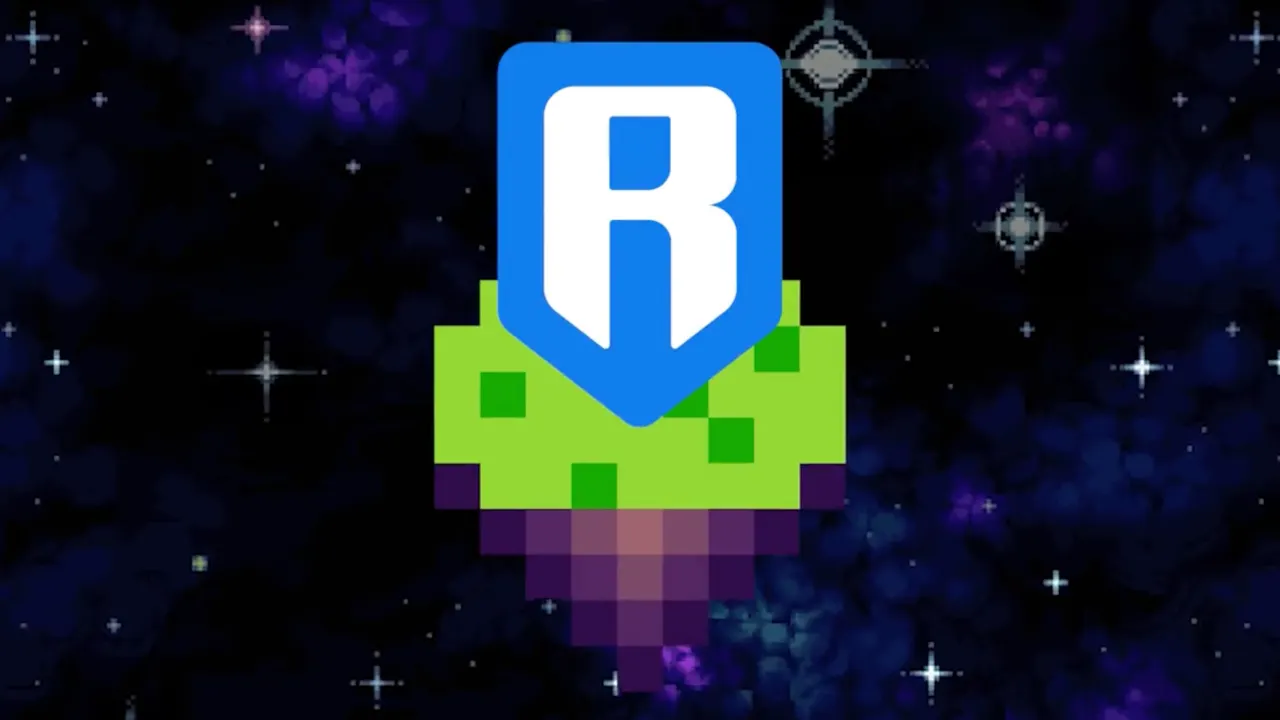
Strengthening Network Security via Ethereum AlignmentTransitioning to an Ethereum Layer 2 allows Ronin to inherit Ethereum’s robust security framework, reducing risks for both developers and players in the gaming ecosystem.
The industry is watching closely as Ronin executes on this ambitious transition. If successful, it could set a template for other gaming-focused chains seeking Ethereum alignment without compromising on performance or user experience. The shift also intensifies competition among L2 providers vying for high-value ecosystems, expect further innovation in rollup technology as networks race to deliver faster finality times and lower fees.
For Web3 gaming at large, Ronin’s move signals a maturation of infrastructure where scalability is no longer an afterthought but a core design principle. Studios building on this new foundation will be able to focus less on technical workarounds, and more on delivering compelling content that rivals traditional games in both speed and depth.
To explore additional technical details behind the OP Stack upgrade or compare how other L2s are approaching similar challenges in gaming scalability, visit our related coverage at Ronin Network’s OP Stack Upgrade: What Ethereum L2 Means for Web3 Gaming and Developers.
